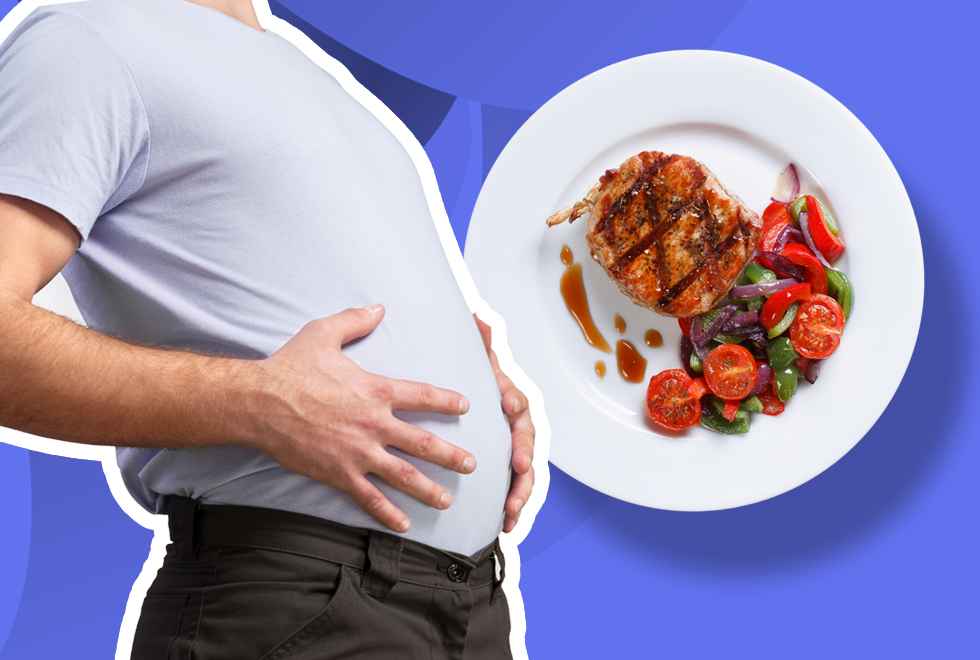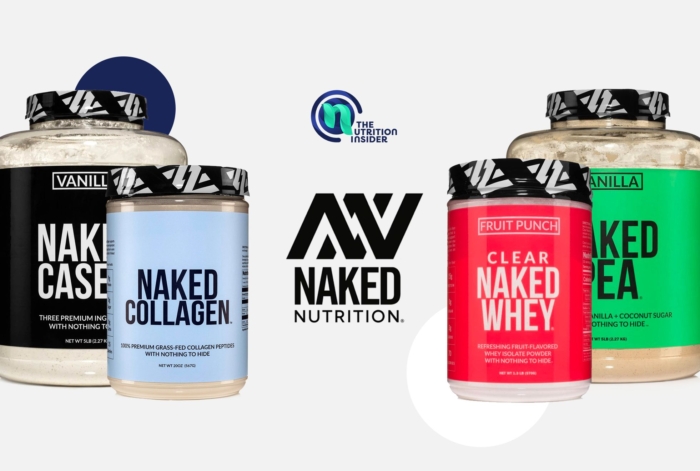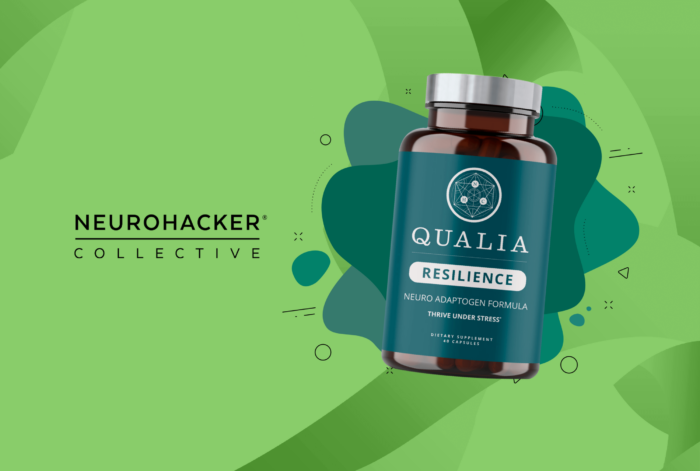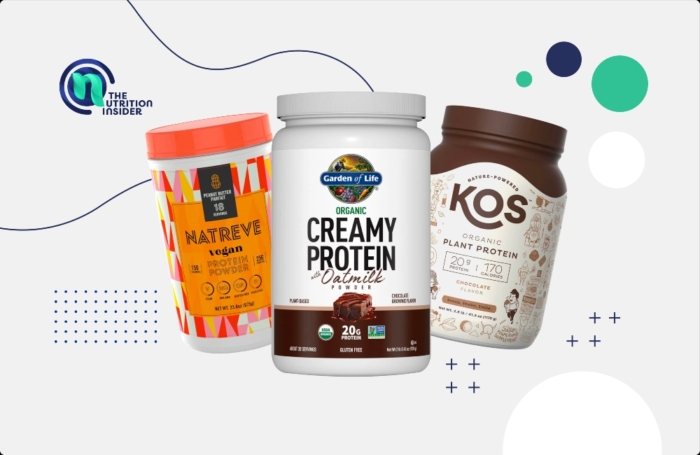This post contains links through which we may earn a small commission should you make a purchase from a brand. This in no way affects our ability to objectively critique the products and brands we review.
Top 10 Vitamin D Foods
Evidence Based Research To fulfill our commitment to bringing our audience accurate and insightful content, our expert writers and medical reviewers rely on carefully curated research.
Read Our Editorial Policy
With benefits including healthy bones, metabolic function, cognition, heart health, immunity, and more, vitamin D is an essential micronutrient many people lack—but few foods contain high amounts of it.
While dietary vitamin D is not often readily consumed by the standard American, several foods naturally contain good amounts of it.
In this article, learn more about what vitamin d foods you can eat to can boost your dietary intake, as well as how to get vitamin D from sunlight exposure and supplements.
| Food | Vitamin D |
| Mushrooms (wild-grown, sun-dried, or UV-treated) | 400-1,100 IU per cup |
| Rainbow trout | 750 IU per 3.5oz |
| Mackerel | 643 IU per 3.5oz |
| Salmon | 526 IU per 3.5oz |
| Cod Liver Oil | 450 IU per tsp |
| Canned Tuna | 269 IU per 3.5oz |
| Canned Sardines | 193 IU per 3.5oz |
| Halibut | 190 IU per 3.5oz |
| Fortified Foods (breakfast cereals, orange juice, cow’s milk, soy milk) | 115-145 IU per cup |
| Wild Morel Mushrooms | 136 IU per cup |
| Egg Yolks | 37 IU per egg yolk |

1. Rainbow Trout
Rainbow trout is one of the most vitamin D-rich foods, providing approximately 750 IUs per 3.5-ounce serving.
The Recommended Dietary Allowance (RDA) for vitamin D is just 600 IU for adults 18-70, so one large serving of salmon will easily provide that. However, some research suggests that the current RDA needs to be higher. For example, The Endocrine Society recommends 1,500-2,000 IU daily for adults to maintain adequate vitamin D levels.
As fish typically don’t see much sunlight, it’s previously been somewhat of a mystery as to why fatty fish are rich in vitamin D. Most researchers think that it comes from lower down in the food chain, originating in zooplankton exposed to UV light that the larger fish then eat and accumulate.
However, recent research has shown that rainbow trout can produce cholecalciferol (vitamin D3) in their skin when exposed to blue visible light.
Vitamin D Content: 750 IU of vitamin D per 3.5oz (All nutritional information is based on data from the USDA FoodData Central unless otherwise noted)
2. Salmon
Salmon is one of the best dietary sources of vitamin D, containing 526 IU per 3.5-ounce serving.
The vitamin D levels in salmon can vary depending on whether it’s wild-caught or farmed, with wild salmon typically containing more vitamin D than farmed salmon.
In addition to vitamin D, salmon is an excellent source of omega-3 fatty acids. Vitamin D Content: 526 IU of vitamin D per 3.5oz
3. Halibut
Like salmon, halibut is another oily fish rich in vitamin D and omega-3s.
However, halibut has much less vitamin D than other fatty fish, reaching about 190 IUs per 3.5 ounces.
That said, halibut still contains significantly more natural vitamin D than most other foods in a standard diet.
Fatty fish such as these accumulate vitamin D because vitamin D is a fat-soluble vitamin, meaning it can be stored in the body (just like in the human body). Vitamin D Content: 190 IU per 3.5oz
4. Mackerel
Mackerel is a thin, oily fish commonly consumed in canned form, providing more than the RDA for vitamin D in a typical serving.
If you don’t like sardines, you may like mackerel—it’s described as a milder, more buttery fish.
Plus, mackerel is extremely rich in omega-3 fats, with almost 5,000mg per serving. (For reference, adults are recommended to consume 1,500mg or more per day.)Vitamin D Content: 643 IU per 3.5oz
5. Canned Sardines
Similar to mackerel (but with way more haters), canned sardines contain a moderate amount of vitamin D at about 200 IU per serving.
They are also high in omega-3 fats (about 2,000mg per serving) and have one of the lowest mercury contents of any fish, making them an extremely nutritious choice.
Canned sardines also contain tiny edible bones that are rich in calcium, which helps us maintain healthy bones. The vitamin D3 in sardines also aids in calcium absorption. Vitamin D Content: 193 IU per 3.5oz
6. Canned Tuna
Canned tuna is one of the most commonly consumed fish in the U.S.
While tuna contains plenty of vitamin D and omega-3s, it can also be very high in mercury.
Look for canned tuna that tests each batch for mercury, like Safe Catch (which also sells canned salmon, sardines, and mackerel). Vitamin D Content: 269 IU per 3.5oz
7. Egg Yolks
We’ve finally made it beyond the oily fish!
Egg yolks do not have nearly as much vitamin D as fatty fish, at just 37 IU per egg yolk.
However, as most people eat more than one egg, the amount of vitamin D is not insignificant if you’re a fan of a three-egg omelet.
Plus, several factors affect the vitamin D status of egg yolks.
How much sun exposure the chicken got, the vitamin D content of their food, and how they were raised can play a role. For example, pasture-raised chickens typically produce egg yolks with greater vitamin D content than caged chickens.
Research has found that pasture-raised chickens (exposed to more sunlight) produce eggs with up to four times higher vitamin D content than their caged counterparts.
Vitamin D-enriched chicken feed can also significantly boost their eggs’ vitamin D levels. Vitamin D Content: 37 IU per egg yolk (but can vary widely depending on how the chicken was raised)
8. Mushrooms
Mushrooms are a very unique food (in more ways than one, but we’re talking about vitamin D here). These fungi naturally contain ergosterol, which is similar in structure to cholesterol.
Just like how the cholesterol (7-dehydrocholesterol) in our skin can be transformed into vitamin D with sun exposure via a series of conversions, ergosterol in mushrooms can also be converted into vitamin D with UV rays. Unlike humans, the vitamin D in mushrooms is vitamin D2 (ergocalciferol), while ours is vitamin D3 (cholecalciferol).
However, not all mushrooms contain vitamin D. They either have to be wild-grown (and be exposed to the sun), sun-dried, or commercially grown and UV-treated.
Interestingly, pre-sliced and then sun-dried mushrooms have been found to produce more vitamin D2 than whole mushrooms under the same conditions, as they have a greater surface area exposed to UV rays. Like humans, the amount of vitamin D from mushrooms varies depending on “skin” exposure, geographic location, and time of year.
Research has found that when freshly sliced button mushrooms are exposed to midday sun for just 15 minutes, they produce more than 700 IU of vitamin D2 per 100 grams of mushrooms.
Fresh wild mushrooms can vary widely in their vitamin D content, with one study finding that wild funnel chanterelle mushrooms contained about 800 IU per cup. Plus, whole mushrooms exposed to a commercial pulsed UV lamp can produce 400 IU of vitamin D in just 1-2 seconds.
Not considering supplements and fortified foods, mushrooms are the only natural and plant-based source of vitamin D, making them an important source of the vitamin for vegans and vegetarians.
Vitamin D Content:
- Wild funnel chanterelles: ~800 IU per cup
- UV-treated mushrooms: 1,600 IU per cup or more
9. Cod Liver Oil
Although cod liver oil could be considered a supplement, we included it in the food category as it comes directly from cod liver, as the name suggests.
Depending on your age, you may remember being forced to swallow a spoonful of cod liver oil every day (or maybe your grandmother has told you about the common practice to prevent rickets!).
Your mom (or grandma) was right, though—cod liver oil is an incredibly nutrient-rich fat, with loads of vitamin D, vitamin A (as retinol), and omega-3 fats.
Cod liver oil is still around today; one of our most trusted brands, Nordic Naturals, offers it in lemon-flavored liquid (a choice that thousands of kids would have rejoiced over back in the day!).Vitamin D Content: 450 IU per teaspoon on average, but can vary widely by brand.
10. Fortified Foods
Lastly, many countries use fortified foods to boost the overall intake of certain nutrients—and many people do not consume enough vitamin D.
Some of the top vitamin D-fortified foods (and beverages) in the United States include cow’s milk, soy milk, other non-dairy milk, orange juice, and breakfast cereals.
However, not every brand of these products will fortify them, so you have to look at the nutrition label to see for yourself.
Vitamin D Fortified Foods Content:
- Fortified cow’s milk: 115 IU per cup
- Fortified soy milk: 100–119 IU per cup
- Fortified orange juice: 100 IU per cup
- Fortified wheat bran flakes: 145 IU per cup
Other Sources of Vitamin D: Supplements and Sunshine
As you can see, if your diet is not heavy with fatty fish, you may not be getting enough vitamin D from foods.
Other sources of vitamin D include sunlight and supplements. Sun exposure is the best way to get the right amount of vitamin D your body needs—there’s a reason it’s called the sunshine vitamin—as you can’t overdose on vitamin D from the sun.
When we are exposed to the sun’s UVB rays, our skin produces an inactive form of vitamin D that becomes active by conversions in the liver and kidneys.
Just about 15 minutes of sun exposure per day (without sunscreen and with most of your limbs showing) is enough for most people to make enough vitamin D. However, this can vary widely depending on your skin tone, geographic location, time of year, genetics, and even your weight.
You may need daily vitamin D supplementation if you don’t eat many of the top vitamin D foods and don’t get enough sunlight exposure—which is very common in the colder months or at more northern latitudes.
Don’t take a high-dose vitamin D supplement without first checking your blood levels of vitamin D. Low-to-moderate doses (500-2,000 IUs per day) are probably fine for most people, but you should still check with your doctor and monitor your vitamin D blood levels to ensure you’re not taking too much. Vitamin D3 is considered a more bioavailable form of vitamin D supplementation than vitamin D2 which can better increase blood vitamin D levels.
If you have a vitamin D deficiency or low vitamin D levels, your doctor may recommend taking higher doses of vitamin D supplements (5,000-10,000 IUs or more per day) for a short period to elevate your serum vitamin D levels more rapidly.
The Recommended Dietary Allowance (RDA) for vitamin D is 600 IU for adults aged 19-70 and 800 IU for adults aged 70-plus. However, as mentioned, many researchers believe that we need more vitamin D than this.
Vitamin D Intake FAQs
What is the best source of vitamin D?
Sunlight exposure and supplements are the best sources of vitamin D. The best food sources of vitamin D are mushrooms that have been treated with UV light or sun-dried. Other significant food sources of vitamin D include rainbow trout, mackerel, salmon, and canned tuna, which all contain more than 250 IUs of vitamin D per typical serving. Vitamin D fortification is also present in some foods, including milk, non-dairy milk, orange juice, and breakfast cereals.
What are the top vitamin D foods?
The top vitamin D-rich food sources are fatty fish, including rainbow trout, salmon, mackerel, sardines, canned tuna, and halibut. Other good sources include some egg yolks, foods fortified with vitamin D, and mushrooms exposed to UV rays (either natural or artificial).
How can I increase my vitamin D fast?
Sunshine is the best way to increase your vitamin D status fast. A study in Switzerland found that just 10-15 minutes of sun exposure in the spring and summer (with about one-quarter of skin exposed) synthesizes 1,000 IU of vitamin D. Warm weather environments lead to vitamin D production even faster, likely producing 1,000 IU within a few minutes. For example, this study in Australia found that summer sun exposure for as little as 2 minutes at noon (three to four times per week with 15% of the body exposed) produced sufficient vitamin D in fair-skinned people. In the winter, when perhaps only your face and hands are exposed, it may take up to 6 hours of sun exposure during peak hours for your skin to produce sufficient vitamin D, which is why vitamin D supplements are often recommended during the cooler months. Note that a risk factor for skin cancer is excessive sun exposure, so be sure to practice sun safety.
If you have a vitamin D deficiency, high-dose supplements can also raise your vitamin D levels rapidly.
Which vegetables are high in vitamin D?
The only vegetables high in vitamin D are mushrooms (which technically are not vegetables). Even then, not all mushrooms contain vitamin D. Only wild-grown mushrooms exposed to the sun’s rays or commercially grown mushrooms treated with UV lights will have vitamin D (in the form of vitamin D2).
Do vitamin D supplements have side effects?
Vitamin D is a fat-soluble vitamin, meaning it gets stored in our bodies and does not get excreted through urine (like water-soluble vitamins do). Therefore, vitamin D toxicity is possible from taking excess vitamin D. You can’t overdose on vitamin D from the sun, but you can take too much in supplemental form and develop vitamin D toxicity or other adverse effects.
Taking too much vitamin D can cause health risks, such as hypercalcemia (high calcium levels in the blood), which leads to symptoms like nausea, vomiting, muscle weakness, neuropsychiatric disturbances, pain, loss of appetite, dehydration, polyuria, excessive thirst, and kidney stones or other kidney problems.
Extreme vitamin D toxicity can cause renal (kidney) failure, calcification of the heart, cardiac arrhythmias, and even death.
What is vitamin D good for?
Vitamin D is essential for bone health, as it facilitates calcium absorption to maintain healthy bones. It also supports the immune system, metabolism, heart, brain, and gut, including reducing the risk of cardiovascular disease, infections, metabolic dysfunction, some autoimmune diseases, and inflammatory bowel disease.
What are signs you need vitamin D?
If you have a low vitamin D intake, you may develop some symptoms related to vitamin D deficiency. There are many potential symptoms of vitamin D deficiency, including:
• Fatigue or low energy constantly
• Getting sick frequently
• Depression or mood disorders
• Joint, muscle, or bone pain
• low wound healing
• A tingly sensation in the hands or feet
• Bowed legs (when the deficiency is severe, causing rickets)








